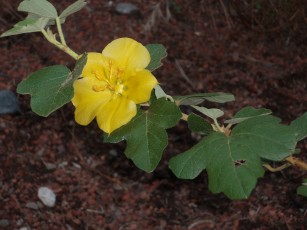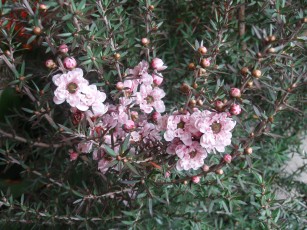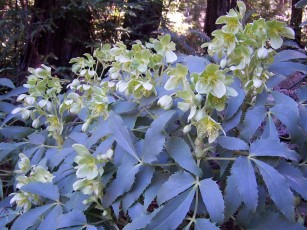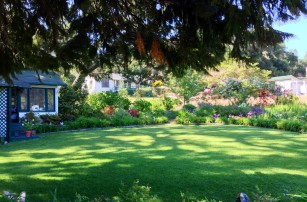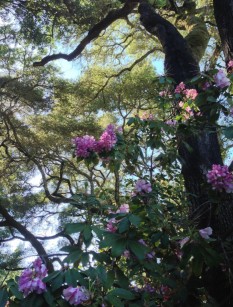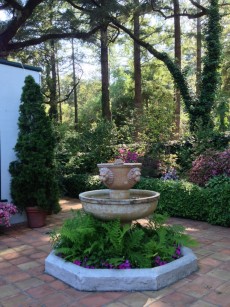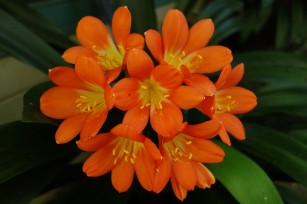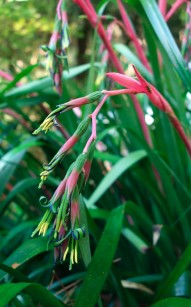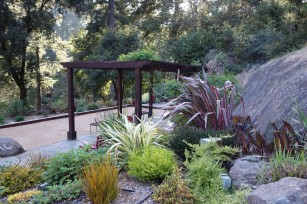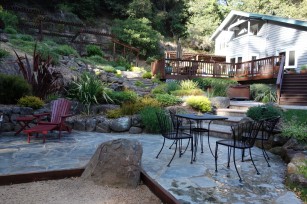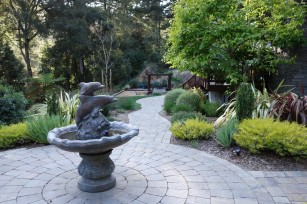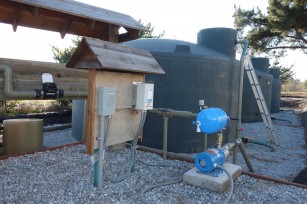My summer travel season started this year in the Puget Sound in the Pacific Northwest. My sister lives on Fox Island overlooking the sound with a breathtaking view of Mt. Rainier. There are so many gardens and nurseries in this area I hardly know where to start when I come up here. Any destination was sure to provide lush landscapes and a cornucopia of colorful flowers.
 green island at the southern end of Puget Sound. After the ferry docked we headed south to visit The Country Store and Gardens. This nursery in the heart of the island boasts mature plantings on a 10 acre site with the nursery featuring rare and and unusual plants along with a wide selection of perennials, shrubs and blueberries.
green island at the southern end of Puget Sound. After the ferry docked we headed south to visit The Country Store and Gardens. This nursery in the heart of the island boasts mature plantings on a 10 acre site with the nursery featuring rare and and unusual plants along with a wide selection of perennials, shrubs and blueberries.
The flowers of a deep, dark purple clematis mingled with a rich pink, climbing cabbage rose both growing on a long trellis surrounding the front porch of the store. A dead fruit tree was left to provide support for another midnight purple clematis blooming above a bed of deep red Lucifer crocosmia. I'll remember this exciting pairing for a future design where the spreading crocosmia won't be a problem.
This nursery propagates many of their plants from their own stock. Mature specimens of ornamental grape, lace-cap hydrangeas, tangerine colored alstroemeria, hellebore and heuchera grew in the perennial beds bordered by sections of cut logs. We enjoyed the sweet scent of Summer Ice daphne and admired the velvet red blossoms of Serotina honeysuckle before moving on to our next destination.
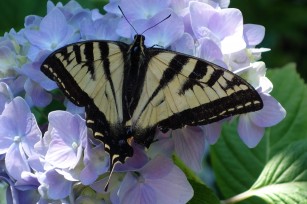 The Pacific Northwest is famous for their lavender fields. The soil and climate here really agrees with this plant.
The Pacific Northwest is famous for their lavender fields. The soil and climate here really agrees with this plant.
Lavender Hill Farm is just one of many lavender growing concerns on the island. On a hill overlooking the picturesque Quartermaster Harbor, several lavender varieties are grown.
You can pick some for yourself or buy some already harvested. Sitting under an apple tree, a young worker introduced herself as Audrey and told me the farm grows several French lavender varieties. Grosso is grown for the long stems and fat flower buds, Provence for intense fragrance and Melissa and Coconut Ice for their pink flower buds. It's a beautiful spot with sailboats docked below in the tiny harbor.
Next stop, famous in the nursery world, was Dig Nursery. I've seen it mentioned in Pacific Horticulture and Sunset 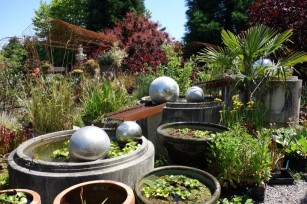 magazines. The plants here are displayed in very unique ways making this destination nursery something to be experienced. Massive gabion pillars made of heavy wire fencing and river rocks provide the base for rusted ornamental iron trellises and arbors. More rusted iron is fashioned into hanging planters overflowing with flowers, succulents and grasses.
magazines. The plants here are displayed in very unique ways making this destination nursery something to be experienced. Massive gabion pillars made of heavy wire fencing and river rocks provide the base for rusted ornamental iron trellises and arbors. More rusted iron is fashioned into hanging planters overflowing with flowers, succulents and grasses.
Repurposed cyclone fence sections provided a perfectly drained platform for more succulents, native plants, herbs and grasses. Several pots of unique black daylilies caught our attention as did the large collection of Darlingtonia and other carnivorous plants. In the shade section, a lime-green lace cap hydrangea was offered for sale with mopheads, Japanese forest grass and hellebore. We wondered if the resting Swallowtail butterfly came with the pot of hydrangeas.
Another ferry another island. This time the ferry takes us to Whidbey Island. Here there are flowers blooming everywhere. Hanging baskets of purple and lilac supertunia, lobelia and red ivy geraniums grace every light pole. The container plantings burst with color. White rugosa roses grow on a split rail fence overlooking the harbor in Langley.
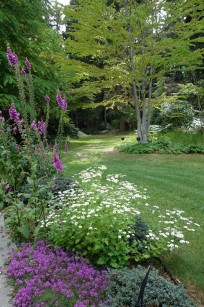 One of our stops on the island is Meerkerk Rhododendron Garden. At this time of year we thought the show would be over but we were pleasantly surprised to find several very specimens still blooming. There are so many kinds of rhododendrons here and we were drawn to one called Golfer with silver fuzzy leaves. Another one had velvety rusty red leaves that sparkled backlit by the late afternoon sun.
One of our stops on the island is Meerkerk Rhododendron Garden. At this time of year we thought the show would be over but we were pleasantly surprised to find several very specimens still blooming. There are so many kinds of rhododendrons here and we were drawn to one called Golfer with silver fuzzy leaves. Another one had velvety rusty red leaves that sparkled backlit by the late afternoon sun.
The perennial beds were filled with lilac oriental poppy, dahlia, campanula, lavender and shasta daisy. A 30 ft white dogwood shone like a beacon surrounded by the deep green fir trees. Bordering the curving paths, oregano and moss covered fieldstone beckoned one to linger and admire the smaller jewels of the garden.
Another highlight of my tour of gardens was a visit to Chocolate Flower Farm in Langley. If you like deep burgundy, chocolate, black, midnight blue, deep magenta or mahogany flowers and foliage like I do you would also be amazed by this garden. There is so much to share about this special place that I plant to write about all it's treasures in another column. Stay tuned.
As I left to fly back to California and the redwoods I thought that in some ways this temperate rain forest is not so different from ours. It's a little greener up here during the summer and the daylight from 5am to 10 pm makes the plants bloom like crazy, but there's no place like home.

